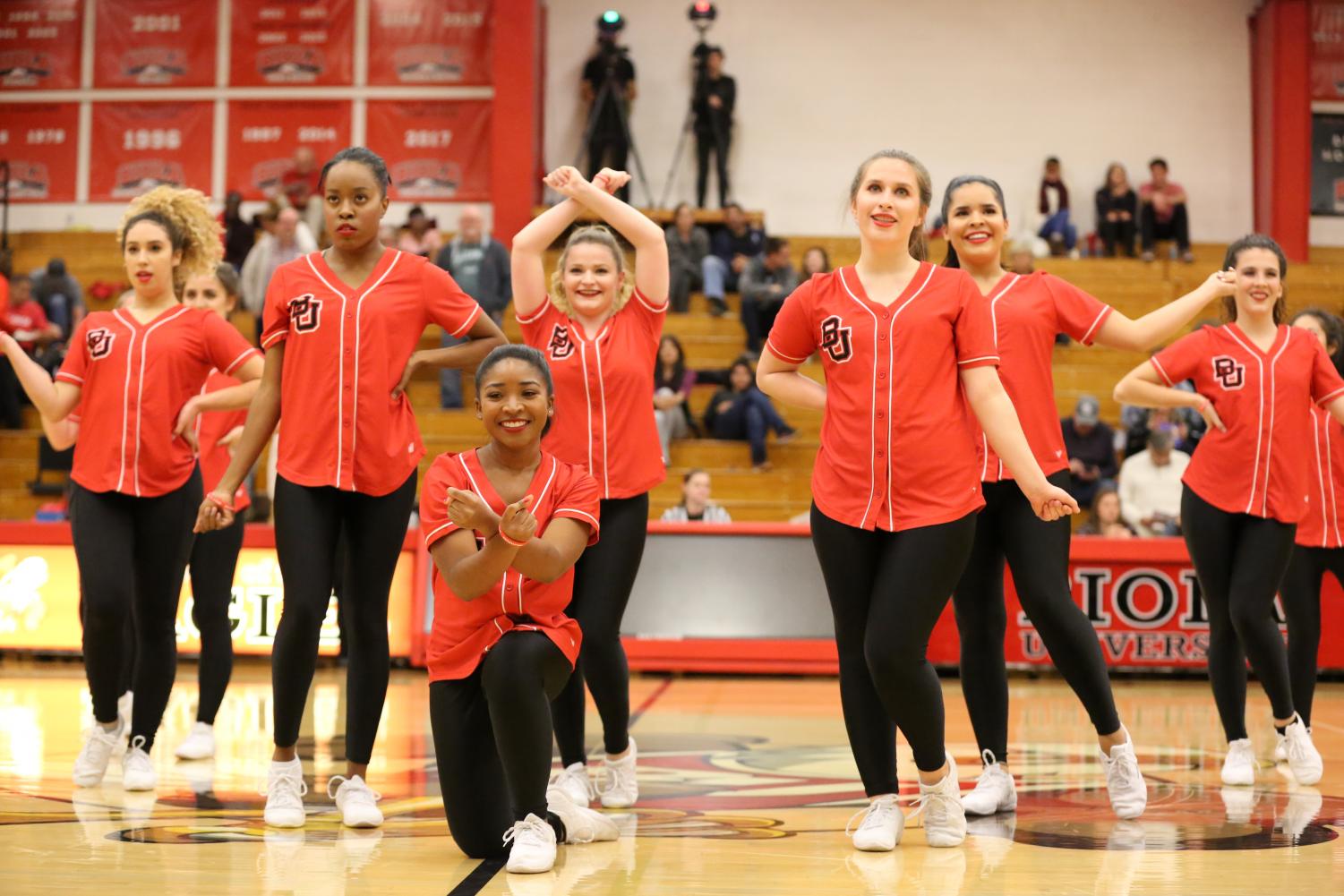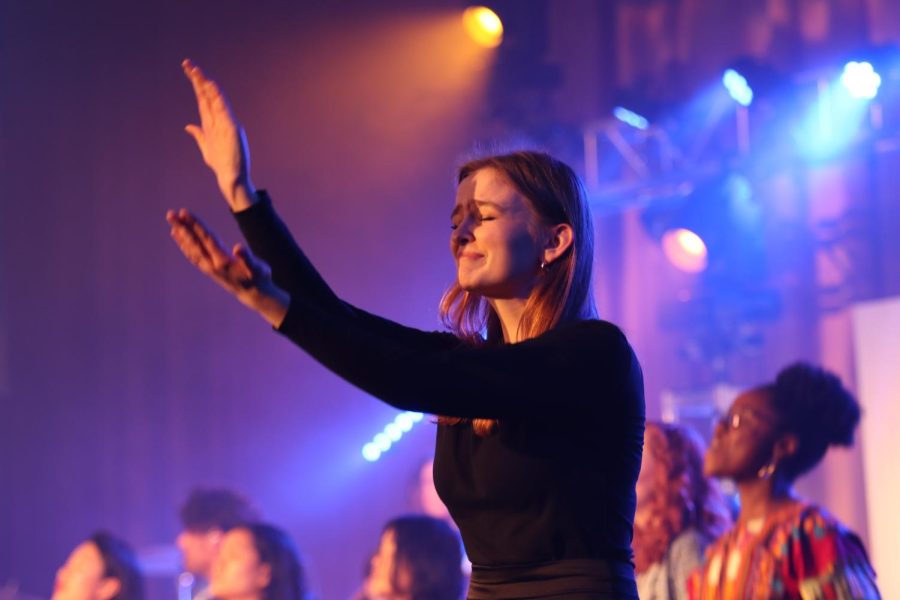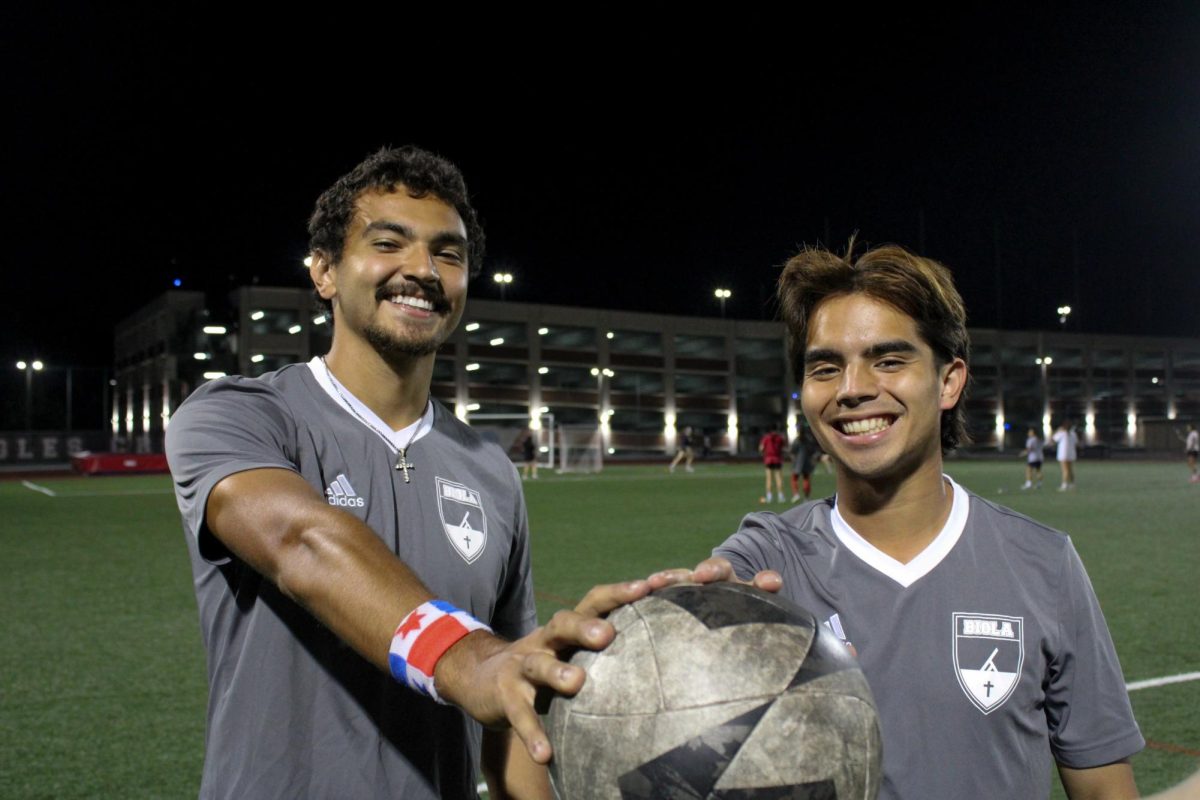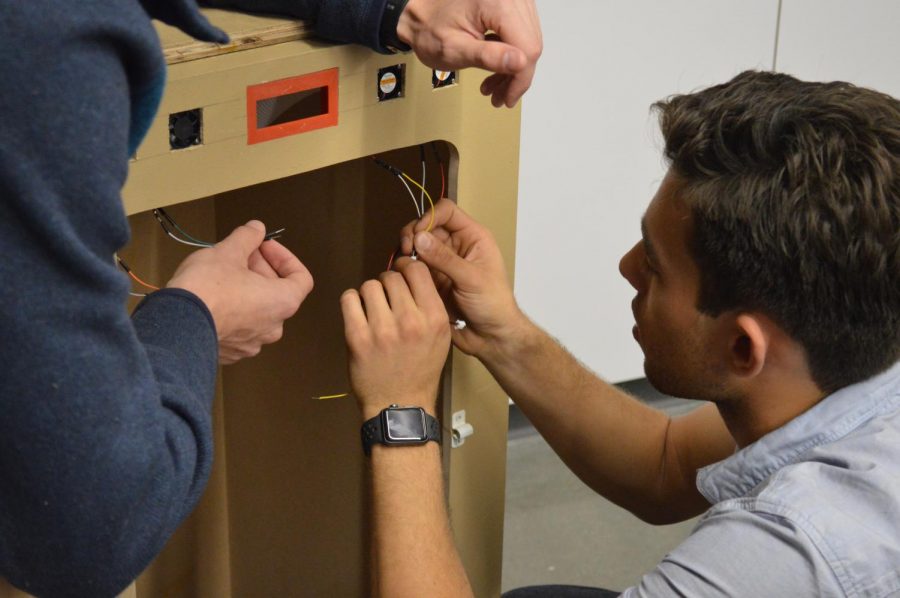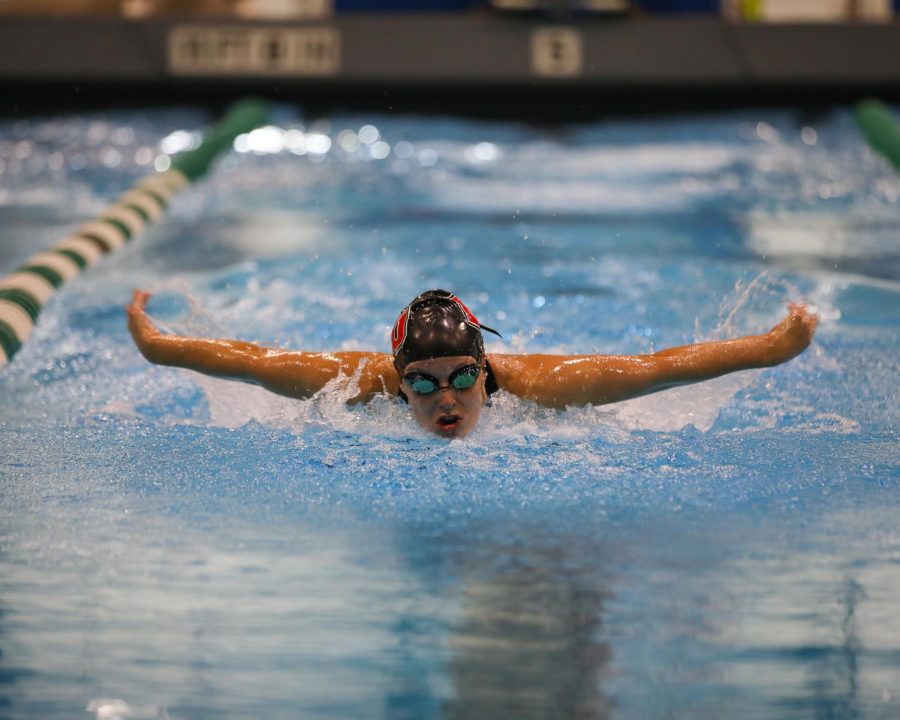(This story was originally published in print on Apr. 25, 2019).
The art of dance is often seen as a gateway drug to “hook-up” culture or as a slippery slope into unwanted pregnancies. Of course, rarely will anyone admit to these reasons against dancing, but, then again, rarely will an alcoholic admit to their alcoholism. Instead, there is a system of sophisticated theological hand-waving, padded by fears of dancing alongside another person.
Biola’s current position on social dancing is simple: it is not allowed to be associated with the university. We may all admit that dancing can be abused, but dancing cannot be abused in any special sense than any other artistic activity. And the consequences of forbidding social dance is to close off the very experiences necessary to cultivate healthy, personal interaction.
MY DANCE EXPERIENCE
Prior to attending Talbot, I spent two terms at Oxford University studying upper division philosophy. When I was not studying, I was in the gym practicing competitive dance for the Oxford Dance Team, spending upwards of 11 hours a week. And, surprising to me, there were few humanities majors on the team. We were mostly composed of computer scientists, neuroscientists, mathematicians, structural engineers, chemical engineers and many others seeking science degrees.
When I arrived back in the States, I spent time broadening my experiences in dance styles and helping others enter the art. While at Oxford, I practiced waltz, quick-step, viennese waltz, cha-cha and jive. When I arrived back, I learned foxtrot, west and east coast swing and lindy-hop. Furthermore, I had many opportunities to teach others to dance for special events such as weddings and graduations.
BIOLA’S STANCE AGAINST DANCE
Despite my background in competitive dance and experience in conservative homeschool circles, I was shocked to discover Biola’s policy against dance. In fact, I heard about it through a cohort leader in the Talbot Institute for Spiritual Formation when I asked about what dance classes Biola offered. It was one of those awkward silences such as, “Do you not know about this?”
There are two places in Biola’s Student Handbook on dancing. First, under their section on dancing, it reads that “choreographed and/or performance dancing is allowed on campus,” there are no university-sponsored dances allowed, and we must understand that “some dancing is morally degrading.” And second, under their General Guidelines, Section C, which forbids social dancing, and any dancing that “has the appearance of being University-related, whether held on or off campus.”
LIFE LESSONS WE LOSE WHEN WE LOSE DANCE
By forbidding social dance, we are not merely setting up a bubble against “hook-up” culture and avoiding unwanted pregnancies, we are setting up a bubble against at least three of the most fundamental human experiences.
First, dance forces us to consider how to touch each other appropriately. I remember standing in front of about 30 homeschooled middle schoolers, showing them where the woman and the man are to place their hands and where to look. I walked around and noticed a boy, bled dry of any color. The girl looked to me and said, “I don’t know what is wrong with him. He’s just all shaky.” I replied, “That is called anxiety. And you just killed the last bit of courage he had.”
Second, dance forces us to coordinate harmoniously with others. It is difficult to explain, but the mind has a way of extending itself. For example, in ice hockey I could “feel” my hockey stick as an extension of my arm. In dance, your mind does the same thing, except in this case two minds are extending to “feel” the other partner. It is like a hockey stick that not only becomes the extension of your own body, but you become the extension of your hockey stick.
And third, dance forces us to become comfortable with our most intimate part of ourselves—our own body. The human body is one of God’s greatest gifts and its capacity for precision, art, brutality, sensation, regeneration, adaptation, projection and emotion are so far beyond comprehension—it is so bizarre that we can become so embarrassed by it. The art of dance has a way of saying, “Let’s see what this thing can do.”
I will grant that the art of dance can be abused, and it has been abused. But forbidding dance is no way to distinguish appropriate from inappropriate dancing, just like forbidding intimacy is no way to distinguish appropriate from inappropriate intimacy. Instead, by forbidding intimacy, one is only more susceptible to inappropriate intimacy. And, likewise, by forbidding dance, you are not stopping students from learning those intimate life lessons, you are simply allowing them to be learned in all the wrong ways.



